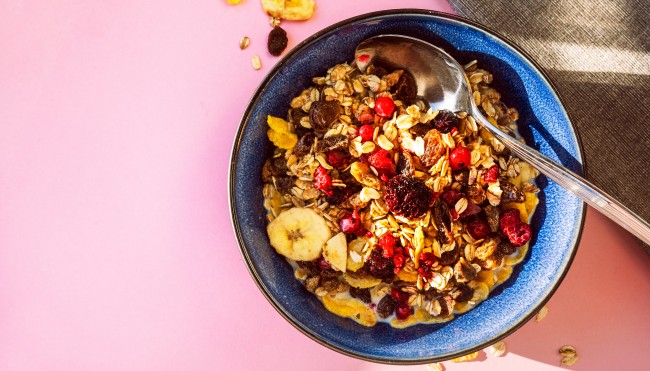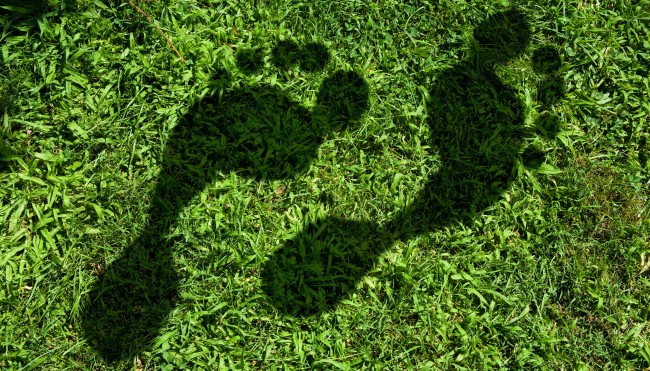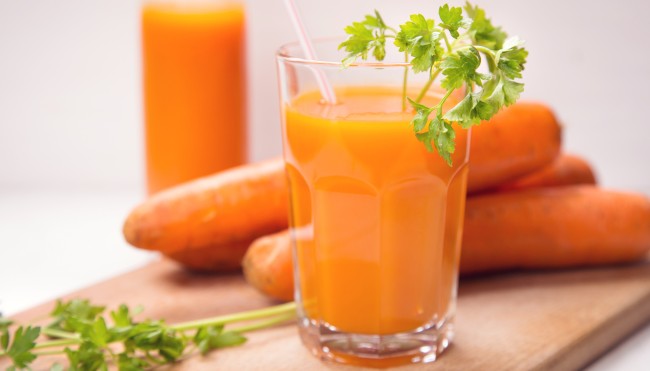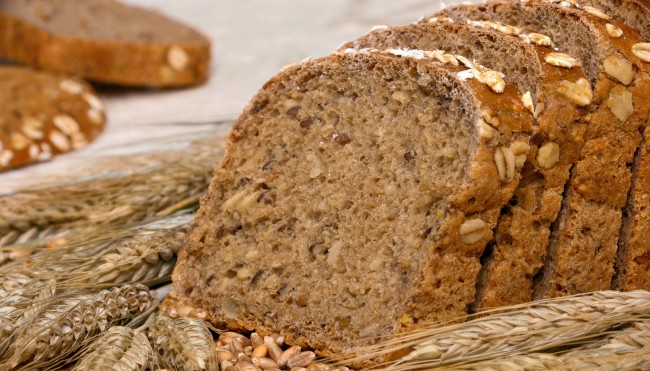Tired? Food with Lots of Iron Can Help
Iron isn’t just found in meat! Even as a vegetarian or vegan, you can cover your iron needs with no problem. Continue reading to discover why iron is so important, which plant-based foods it can be found in, and the best ways to optimally absorb it in your body.
Iron deficiency, especially in women Lack of iron is considered the world’s most prevalent nutrient deficiency. According to “ PETA” pregnant women and children in developing countries are especially affected. But iron deficiency is a serious issue even in this part of the world. Since women lose especially high amounts of iron during menstruation, their recommended intake is higher than men’s: The homepage of “ National Institutes of Health. Office for Dietary Supplements” recommends 18 mg per day for women and 8 mg per day for men (19-50 years).
Why iron is so important
Since iron has various functions as a nutrient, a lack can lead to health problems. For example, it is responsible for cellular respiration, as the oxygen we inhale is bound to the hemoglobin in our blood using iron. Our muscles also rely on the trace element. Iron binds the myoglobin in them, thus supplying the muscles with oxygen. It’s also involved in the creation of hormones and messenger substances, helps produce neurotransmitters, and is important for immune defense.
A lack of iron manifests, among other things, in fatigue, concentration disorders, and irritability.
Plant-based foods with lots of iron
“Pseudocereal”
Plant-based foods that are especially high in iron include amaranth, quinoa, and millet.
Oat flakes
Oat flakes are also a good source of iron. A 100 g portion already covers a good third of your daily requirement.
Legumes
Integrate lentils, beans, etc. into the menu! Tip: Buy dried legumes, not pre-cooked lentils or chickpeas from a can, since the latter have most likely already lost a good amount of their iron content.
Nuts & seeds
All nuts and seeds are great sources of iron. With one handful of nuts, kernels, or seeds per day, you’re already covering a good portion of your iron needs.
Vegetables
Spinach, purslane, stinging nettles, and green fennel leaves deliver a lot of iron, as well as lamb's lettuce, green cabbage, chard, and black salsifies.
Optimizing iron absorption
You should combine iron-rich foods with vitamin C (bell pepper, orange juice), fermented products (miso, sauerkraut, or tempeh), acidic foods, or sulfurous amino acids (sunflower seeds, wholemeal flour, soybeans, peas) to make it easier for your body to absorb the nutrient.
By contrast, phytates (raw cereals and legumes), polyphenols (tea or coffee), milk and egg products, or calcium and soy protein inhibit iron absorption.





